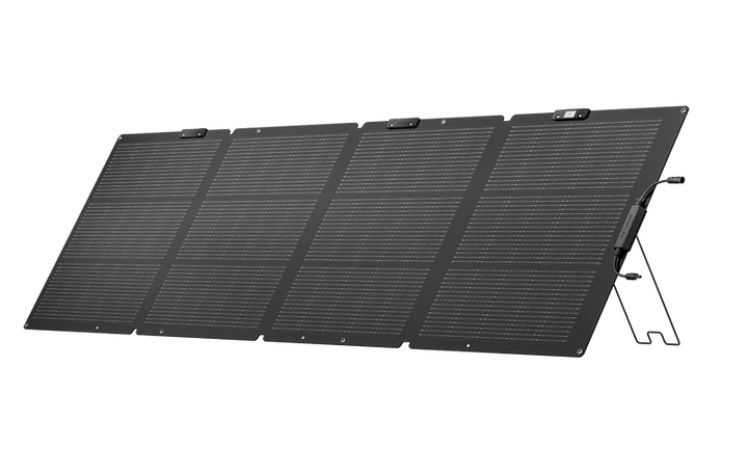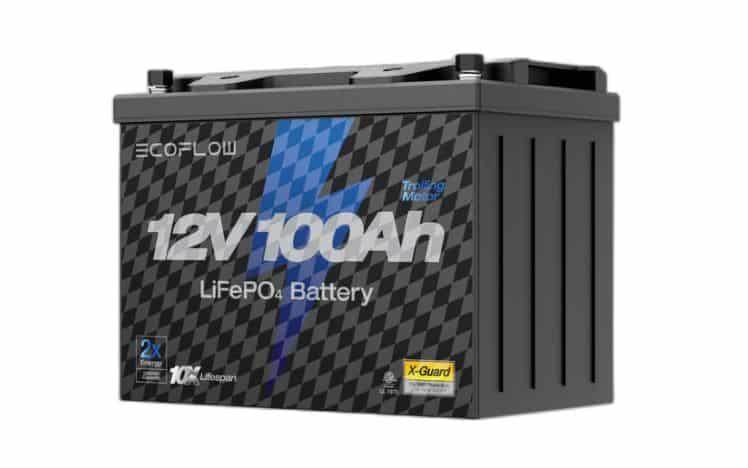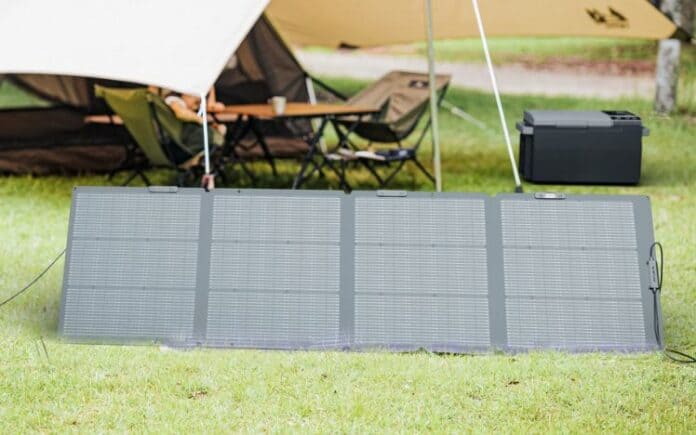As solar energy use grows, so does the need for solar panel recycling. With millions of panels reaching the end of their lifespan, proper disposal is essential to reduce waste and recover valuable materials. But can solar panels be recycled? Fortunately, yes! Recycling helps protect the environment and supports a circular economy. Understanding the process ensures that solar energy remains a truly sustainable solution. Let’s explore why recycling matters and how old panels can be given a second life.
The Benefits of Recycling Solar Panels
The answer to “are solar panels recyclable?” is yes. So what’s the benefits? The importance of solar panel recycling extends beyond environmental impact—it also offers significant economic and social benefits. As more solar panels reach the end of their useful life, the demand for a proper recycling infrastructure will grow. Establishing a robust recycling system will not only help manage the massive quantities of photovoltaic (PV) modules that will soon need disposal but also create new opportunities for the economy.
Solar panels contain valuable materials like silicon, glass, and metals that can be recovered and reused. This growth could lead to the production of billions of new panels, cutting the need for raw materials. This means that we could generate up to 630 GW of energy from materials that were previously used.
Additionally, with the constant drop in solar panel prices, more households and businesses are investing in solar power systems. As this trend continues, there will be even more opportunities in the solar panel recycling sector. It will create green jobs, drive innovation, and contribute to a more sustainable energy ecosystem.
What’s the Lifespan of Solar Panels?
Interestingly, studies show that the efficiency tends to decrease by just 6 to 8 percent after 25 years, which is a smaller decline than might have been anticipated. Some of the highest-quality panels can last up to 40 years, though with a gradual decrease in solar panel efficiency over time. This makes it clear that investing in high-quality solar panels is a long-term solution.

As solar technology improves, products like the EcoFlow NextGen 220W Portable Solar Panel (Single-facial)—with up to 25% conversion efficiency—are becoming popular for their portability, longevity, and versatility. This panel’s sleek design, lightweight build, and adjustable angle make it perfect for a range of outdoor and off-grid applications. Coupled with advanced technologies like the EcoFlow 12V 100Ah Lithium Trolling Motor Battery, which provides superior performance with a longer lifespan, these products are leading the way in portable solar solutions.

When to Recycle Solar Panels?
It’s important to regularly monitor the performance of your solar system to ensure it’s functioning optimally. A decrease in performance doesn’t necessarily mean that a panel needs to be replaced immediately. If your system isn’t producing as much energy as expected, it might be worth contacting your solar retailer or installer for a system-wide check.
A professional installer can identify whether a part of your solar system is underperforming and advise you on whether you need to recycle solar panels or simply replace specific components. If your system is still under warranty, replacement might even be covered. The solar panel lifespan typically ranges from 25 to 30 years, so if you’re noticing a decline in performance after this period, it may be time to consider recycling.
Additionally, if you use a solar generator alongside your panels, monitoring its performance can also help determine whether a drop in energy output is due to the generator or the panels themselves. By staying proactive, you can ensure that your system remains efficient while only recycling panels when necessary.
How Are Solar Panels Recycled?
The recycling process for solar panels depends on the type of panel—silicon-based or thin-film-based. While silicon-based panels are more common, the recycling techniques for both types offer substantial environmental benefits.
1. Silicon-Based Solar Panel Recycling
The process of recycling silicon-based solar panels begins by disassembling the panel to separate the glass and metal components. Up to 95% of the glass can be reused, and the metal parts are recycled to create new frames. The next step involves treating the silicon material in a thermal processing unit at around 500°C. This process helps to break down the encapsulating plastic, which is reused as a heat source for further processing.
After thermal treatment, the silicon cells, or wafers, are separated and refined using an acid treatment. The broken wafers are then melted and used to manufacture new silicon modules, achieving an 85% recycling rate for silicon material. As part of this process, it’s essential to clean solar panels thoroughly to remove contaminants that could interfere with recycling efficiency.
2. Thin-Film-Based Solar Panel Recycling
The recycling of thin-film-based solar panels is more intensive. The first step is to shred the panels into smaller pieces. Afterward, a hammermill is used to ensure the particles are small enough (4-5mm) for further processing. The materials are then separated into solid and liquid components, with the solid materials being separated using a rotating screw.
Once separated, the liquids undergo precipitation and dewatering to ensure purity. The resulting materials go through metal processing to retrieve the semiconductor materials. On average, 95% of these semiconductor materials are recycled. The remaining solid materials, often contaminated with interlayer materials, are treated using a vibrating surface, with the final result being pure glass, which can be reused to manufacture new solar panels.
3. Innovations in Solar Panel Recycling
As technology advances, researchers are constantly looking for ways to improve the efficiency of solar module recycling. One promising approach is solvent-based recycling, which can improve efficiency and minimize material loss. In addition, advancements in artificial intelligence (AI) and robotics are making the sorting and disassembly process more streamlined, allowing for cost-effective and efficient recycling of solar panels.
How to Recycle Solar Panels in Australia?
In Australia, the process begins with the removal of system components. It’s crucial to hire a licensed electrician or an accredited installer from Solar Accreditation Australia to safely remove the panels, batteries, or inverters. Attempting to uninstall these yourself can be dangerous and could damage the system.
Most solar panels are recyclable, but you’ll likely need to pay a recycling fee for proper disposal. In some Australian states and territories, the disposal of solar panels and other e-waste in landfills is prohibited, making it even more important to follow correct recycling procedures. Your solar retailer or installer can provide guidance on the best way to remove and recycle your old panels.
Conclusion
In conclusion, solar panel recycling is essential for creating a sustainable future by reducing waste and conserving valuable resources. As solar energy continues to grow, effective recycling practices will become even more important. With products like EcoFlow’s portable solar panels and lithium batteries, you can harness clean energy while supporting eco-friendly solutions. Explore EcoFlow’s innovative products today and join the movement toward a greener tomorrow through reliable and efficient solar technology.
FAQs
When to recycle solar panels?
You should recycle solar panels when they stop working efficiently or after they reach the end of their lifespan, typically 25-30 years. Regularly monitor your system’s performance and contact a professional if the panels aren’t generating the expected energy. If needed, your installer can advise whether it’s time to replace or recycle the panels.
How are solar panels recycled?
Solar panels are recycled through a process of disassembly, separation, and reprocessing. For silicon-based panels, glass and metal parts are reused, while silicon wafers are melted down and repurposed. Thin-film panels go through shredding and separation to extract valuable materials. Both processes aim for high efficiency and minimal waste, with 85-95% of materials being reused.
How to recycle solar panels in Australia?
In Australia, solar panels should be removed by a licensed electrician or accredited installer to ensure safety. Once removed, they can be recycled through local waste facilities or specialized recyclers. Many states have laws banning solar panels from landfills. Contact your installer or retailer to discuss proper disposal or recycling options for your system.


